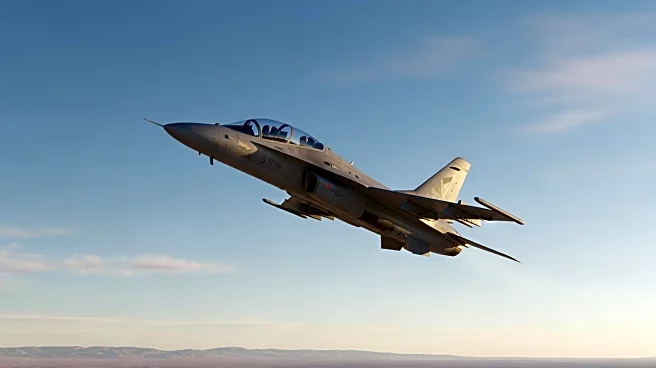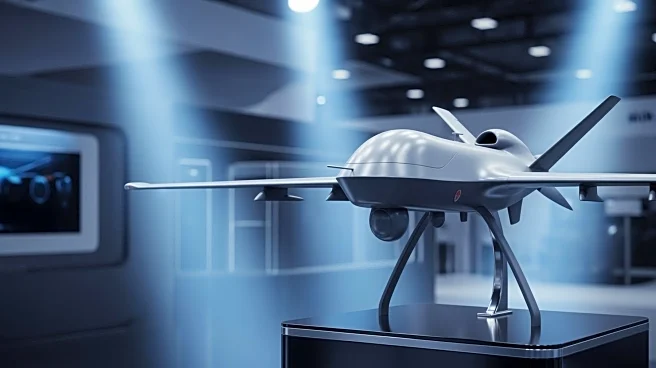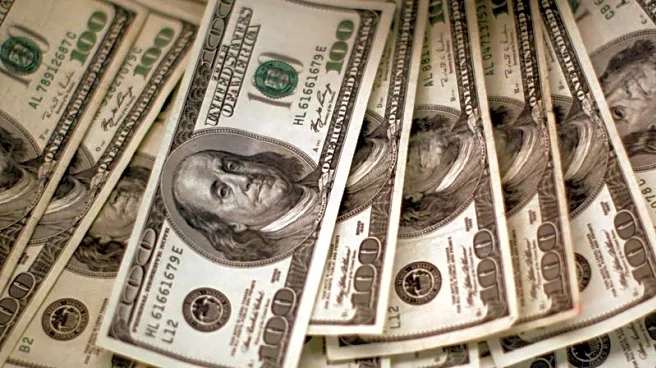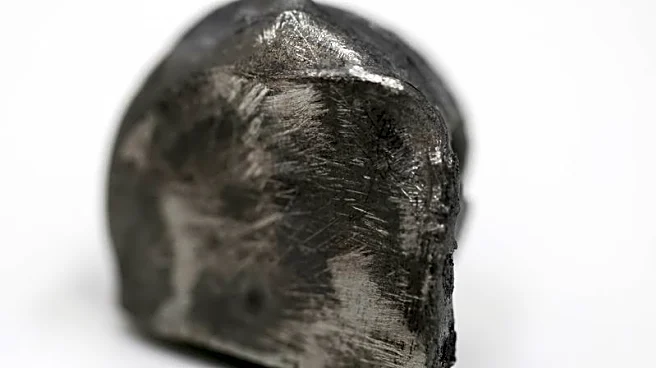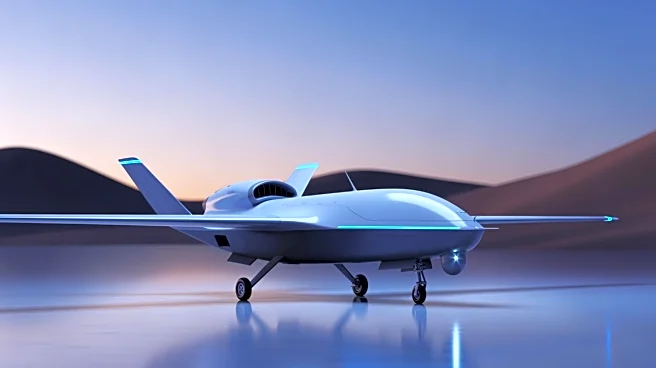What's Happening?
The United Arab Emirates Air Force has debuted the Hongdu L-15 advanced jet trainer at the Dubai Airshow, marking a significant update to its aerobatic display team, Fursan Al-Emarat. The UAE Defense Ministry
had announced the acquisition of the Chinese-developed jet trainer in February 2022, confirming an order for 12 aircraft from the China National Aero-Technology Import & Export Corporation (CATIC). This move replaces the aging Aermacchi MB-339 jet trainers, previously used by the team. The L-15s are painted in a distinctive gold and black color scheme, featuring the UAE flag on the underside of each wing. The introduction of the L-15 comes amid a strategic diversification in defense procurement by the UAE, following a dispute with the U.S. over the potential acquisition of Lockheed Martin F-35 jets.
Why It's Important?
The introduction of the L-15 jet trainer signifies the UAE's strategic shift towards diversifying its defense procurement sources. This move could impact U.S. defense contractors, as the UAE seeks alternatives to American military technology. The decision to acquire Chinese jets reflects broader geopolitical dynamics, where Middle Eastern countries are increasingly engaging with China for military supplies. This could lead to a shift in regional power balances and influence, as countries like Egypt and Iran also incorporate Chinese fighter aircraft into their inventories. The UAE's choice underscores the importance of aligning defense capabilities with strategic goals, potentially affecting future U.S. arms sales and diplomatic relations.
What's Next?
The UAE may consider converting its 36 L-15 options to equip its fast jet training units, depending on the success of the L-15 operation with the display team. This decision will be influenced by the performance and reliability of the L-15 during the Dubai Airshow and subsequent evaluations. The UAE's ongoing search for a new-generation jet trainer to replace its BAE Hawks could lead to further acquisitions, with previous considerations including Leonardo M-346s and Korea Aerospace Industries T-50 proposals. The outcome of these evaluations will shape the UAE's future defense procurement strategies and its relationship with international defense suppliers.
Beyond the Headlines
The UAE's acquisition of the L-15 jet trainer highlights the evolving nature of global defense procurement, where countries are increasingly seeking diverse sources to meet strategic needs. This trend raises questions about the long-term implications for traditional defense alliances and the role of emerging powers like China in the global arms market. The UAE's decision may encourage other nations to explore similar diversification strategies, potentially altering the landscape of international defense collaborations and partnerships.
